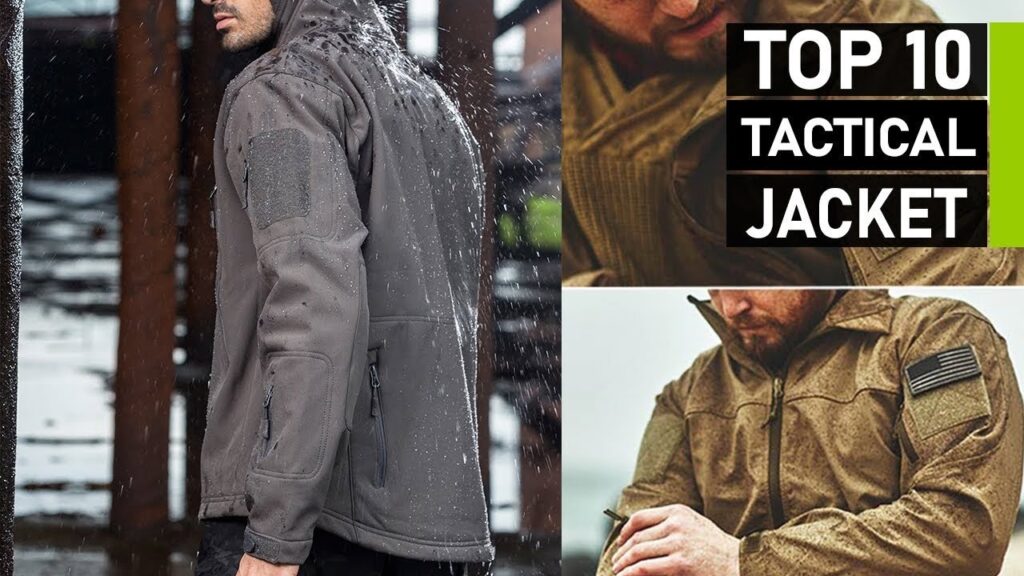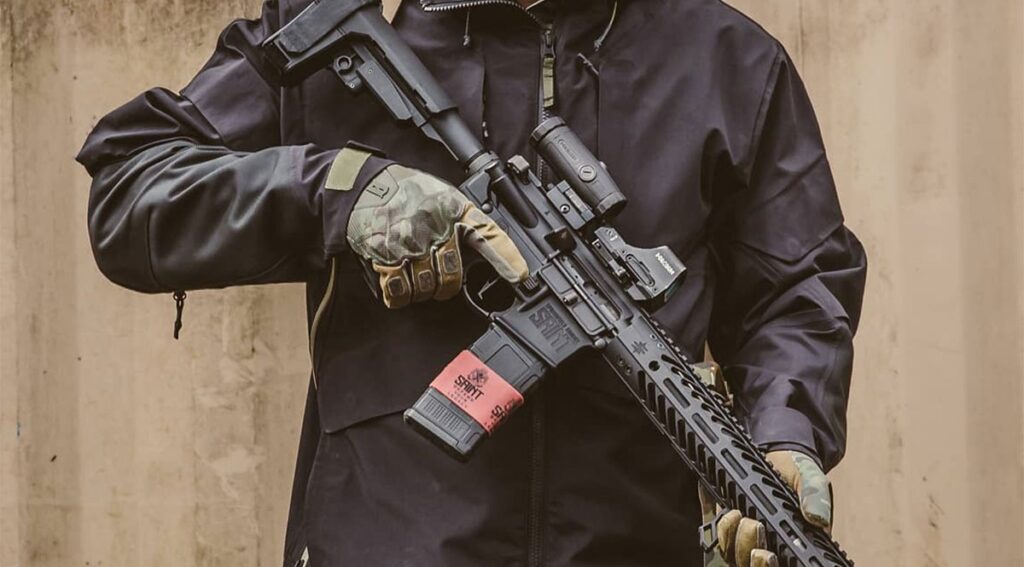The tactical outerwear market is evolving rapidly—2025 will bring new materials, features, and customer demands. As a distributor, staying ahead of these trends is critical to remain competitive. Here’s what you need to know before sourcing tactical jackets for the coming year.
In 2025, tactical outerwear will focus on advanced materials, multi-season versatility, and sustainable production. Distributors need to prioritize durable, feature-rich designs while balancing cost-efficiency, compliance with new regulations, and ethical sourcing practices to stay competitive in a dynamic market.
Let’s explore the key trends and factors that will shape tactical outerwear sourcing in 2025.
Why 2025 Is a Key Year for Tactical Outerwear Sourcing
2025 will be a year of innovation, with new fabric technologies and adaptable designs taking center stage. Customers expect multi-functional gear that can handle extreme conditions, as well as lighter, more breathable materials for year-round wear. As a distributor, staying ahead of these market expectations will position you as a leader.

How to Identify the Latest Materials and Fabrics for Tactical Gear
- Hybrid fabrics: Expect more water-resistant, breathable fabrics with added flexibility.
- Advanced insulation: Look for thermo-regulating technologies that adapt to temperature shifts.
- Lightweight softshells: These will be favored for comfort, layering, and mobility, especially in cold-to-mild climates.
The focus will be on durability while maintaining comfort and agility for users in the field.

What Features Are Buyers Looking for in Tactical Jackets for 2025?
- Water and windproofing: Expect DWR (Durable Water Repellent) coatings and seam-sealed designs.
- Modular designs: Jackets that allow for layering and quick attachment of accessories (vests, harnesses).
- Smart pockets: Hidden or zippered storage for secure, easy access to essential gear.
- Enhanced mobility: More 4-way stretch fabrics and breathable panels will be critical.
Buyers are also looking for jackets that support duty gear—from radios to ID panels.

Should Distributors Focus on Versatility or Specialization in Outerwear?
The key in 2025 will be versatility. Distributors should source jackets that can handle cold-weather deployments, rainy conditions, and high-activity patrols. Offering multi-seasonal options with customizable features (removable liners, adjustable cuffs) will give your customers the best of both worlds.
However, specialized jackets for unique tasks (K9 handlers, tactical response) will also be in demand for customers with niche needs.

How Do Climate Trends Impact Tactical Outerwear Sourcing?
- Warmer climates will demand lightweight, breathable outerwear with UV protection features.
- Colder regions will prioritize insulated, water-resistant designs with options for layering.
- Extreme weather zones (arctic, coastal, mountainous) will see higher demand for durable, stormproof jackets.
Keep an eye on weather patterns to ensure you are offering products that meet the seasonal needs of various regions.

What Are the Most Important Certifications and Regulations to Know?
- ISO 9001: Quality management standards will be a key factor for manufacturers looking to maintain production quality.
- CE Certification: For European markets, look for compliance with personal protective equipment (PPE) regulations.
- Environmental standards: Focus on sustainable fabrics and ethical sourcing, particularly as green procurement grows.
Regulatory compliance is non-negotiable, and certifications can be a selling point when marketing your product lines.

How Do Emerging Technologies Influence Outerwear Performance?
Technology is driving performance and comfort in tactical jackets. Key innovations include:
- Self-heating fabrics that keep users warm without bulk.
- Smart fabrics that adapt to temperature changes in real-time.
- RFID technology integrated into jackets for tracking and real-time data capture.
Staying on top of these advancements allows distributors to offer future-proof products to their clients.

Should Distributors Prioritize Sustainability and Ethical Sourcing?
Yes—sustainability will become a major competitive advantage in 2025. Buyers will prioritize eco-friendly materials, responsible sourcing, and reducing carbon footprints. Offering products made with recycled fabrics or energy-efficient production processes can help your brand stand out.
Ethical sourcing will also be more closely scrutinized by both consumers and regulatory bodies.

Summary
To stay competitive in 2025, distributors need to focus on versatile, functional, and sustainable tactical outerwear. Ready to source the latest in tactical gear? Contact our team for guidance on choosing the best jackets for the future.

